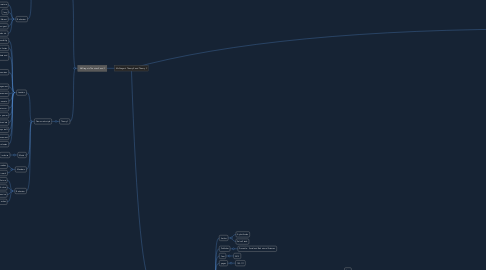
1. develop and express themselves and to act in the best interests of the organisation
2. Theory X and Theory Y Type Leadership Behavior and its Impact on Organizational Performance: Small Business Owners in the Şishane Lighting and Chandelier District
2.1. Author
2.1.1. Aykut Arslan
2.1.2. Selva Staub
2.2. Publisher
2.2.1. Procedia - Social and Behavioral Sciences
2.3. Year
2.3.1. 2013
2.4. pages
2.4.1. 102-111
2.5. Notes
2.5.1. McGregor famously argues
2.5.1.1. two types of manager
2.5.1.1.1. Theory X
2.5.1.1.2. Theory Y
3. McGregor's Theories X and Y
3.1. Theory X
3.1.1. Autocratic style
3.1.1.1. Leaders
3.1.1.1.1. announce decisions
3.1.1.1.2. Sell decisions
3.1.1.1.3. invite questions about what is expected of them
3.1.1.1.4. Test their ideas
3.1.1.1.5. granted power to force followership
3.1.1.2. Model
3.1.1.2.1. institutional authority of bureaucracy
3.1.1.3. Behaviour
3.1.1.3.1. Immature
3.1.1.3.2. lazy
3.1.1.3.3. indifferent
3.1.1.3.4. intransigent
3.1.1.3.5. praising, rewarding and promoting those who do
3.2. Theory Y
3.2.1. Democratic style
3.2.1.1. Leaders
3.2.1.1.1. delegate authority and responsibility
3.2.1.1.2. permit subordinates to function within defined limites
3.2.1.1.3. structure organisations and leadership to facilitate and support efforts of subordinates
3.2.1.1.4. examines
3.2.1.1.5. motivate through encouragement
3.2.1.1.6. recognition of achievement
3.2.1.1.7. expect quick response to
3.2.1.1.8. correction of any failures that occur.
3.2.1.1.9. shares power
3.2.1.1.10. provides evaluative data
3.2.1.1.11. develops staff
3.2.1.1.12. expect continuous improvement
3.2.1.1.13. influence the behaviour of subordinates
3.2.1.2. Model
3.2.1.2.1. inclusive
3.2.1.3. Members
3.2.1.3.1. develop an understanding of themselves
3.2.1.3.2. prepare for and accept ownership of their work
3.2.1.4. Behaviour
3.2.1.4.1. Mature
3.2.1.4.2. Active
3.2.1.4.3. Responsive
3.2.1.4.4. self-directed approaches
